Euonymus - not all colour in your garden comes from flowers !
The Euonymus, which has many common names inclusing Spindles tree, Burning Bush etc, is a great plant for adding colour to your garden. It can be used as a hedge, specimen plant,or amongst other plants to accentuate their green foliage and provide an interesting contrast to distract the eye. There are dwarf varieties of Euonymus, but the regular height is around 1 to 2 metres. They can be grown in semi-shaded areas, but better foliage colour and more compact growth are achieved if it is grown in a sunny spot. The Euonymus plant pictured is a Golden Euonymus with Variegated ( two colour) Green and Gold leaves, which i photographed in my local area.
Your Comments are always wonderful, but some are so long it's a bit overwhelming to read through all of them. So i would ask if you LIMIT COMMENTS TO AROUND 200 WORDS and no more than 5 PICTURES. Comments that conform to the above guidelines will have more chance to win the awards. Be creative ,choose good pics, and don't forget to disclose the SOURCE. xxxxx
@ctrl-alt-nwo
There is no alternative to the tree to maintain the balance of the environment. tree is our real friend. There aee many species plant that increase the beauty of the environment. Euonymus is really good plant.
Golden Euonymous Information;
Golden euonymous information tells you that this is a very dense shrub with an oval shape if grown in full sun. The thick foliage makes it ideal for a privacy or even a sound hedge. The shrubs are really striking in the garden. The eyonymous leaves are leathery to the touch and grow up to three inches long. The boldly variegated foliage is the star here. Most leaves are emerald green splashed liberally with buttercup yellow. But, occasionally, you’ll get branches where all of the leaves are solid yellow. Don’t expect showy flowers. The greenish-white blossoms appear in spring but you may not even notice them. They are inconspicuous. Golden euonymous shrubs can grow to 10 feet high and 6 feet wide. One alone can make a stunning statement in your garden. However, the dense foliage of these evergreen plants adapts readily to pruning and even shearing, so they are often used as hedges. How to Grow Golden Euonymous Shrubs If you are wondering how to grow golden euonymous shrubs, it isn’t very difficult. You’ll need to plant them in a sunny spot, provide weekly irrigation and fertilize them annually. Consider growing golden euonymous shrubs if you live in U.S. Department of Agriculture plant hardiness zones 6-9. When you start growing golden euonymous shrubs, you’ll do best to select a site with moist, fertile, well-drained soil. However, don’t worry too much about your soil type as long as it drains well. The bushes are tolerant and will accept almost any kind of soil. Caring for Golden Euonymous Shrubs Euonymous shrubs are not high maintenance. However, caring for golden euonymous shrubs requires more effort the year they are planted. They will require regular water – up to twice a week – until the root system has established. After that, a weekly watering is usually sufficient. Provide a balanced fertilizer in early spring. Use a slightly lower dose than recommended on the label to avoid burning the roots. If necessary, repeat in mid-autumn. Golden euonymous care includes an annual pruning if planted in a hedge.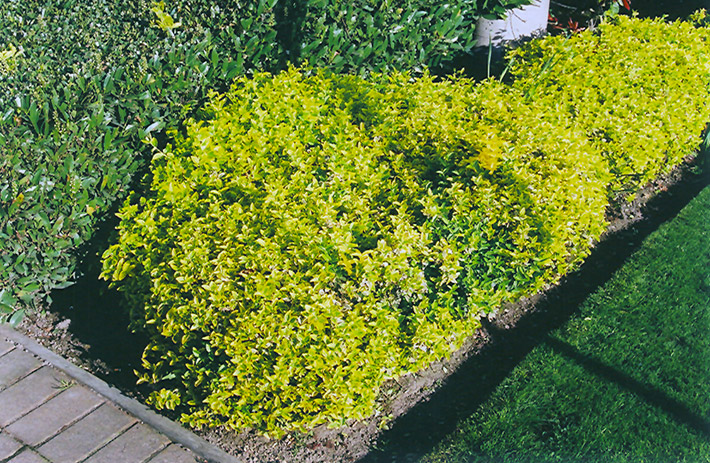
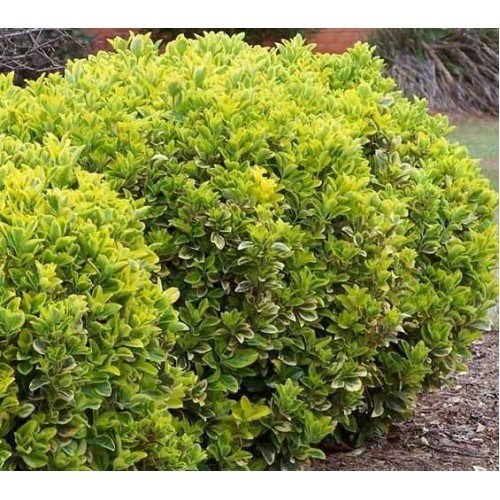

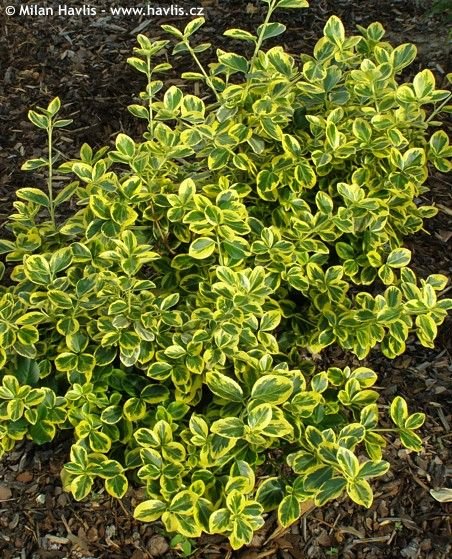
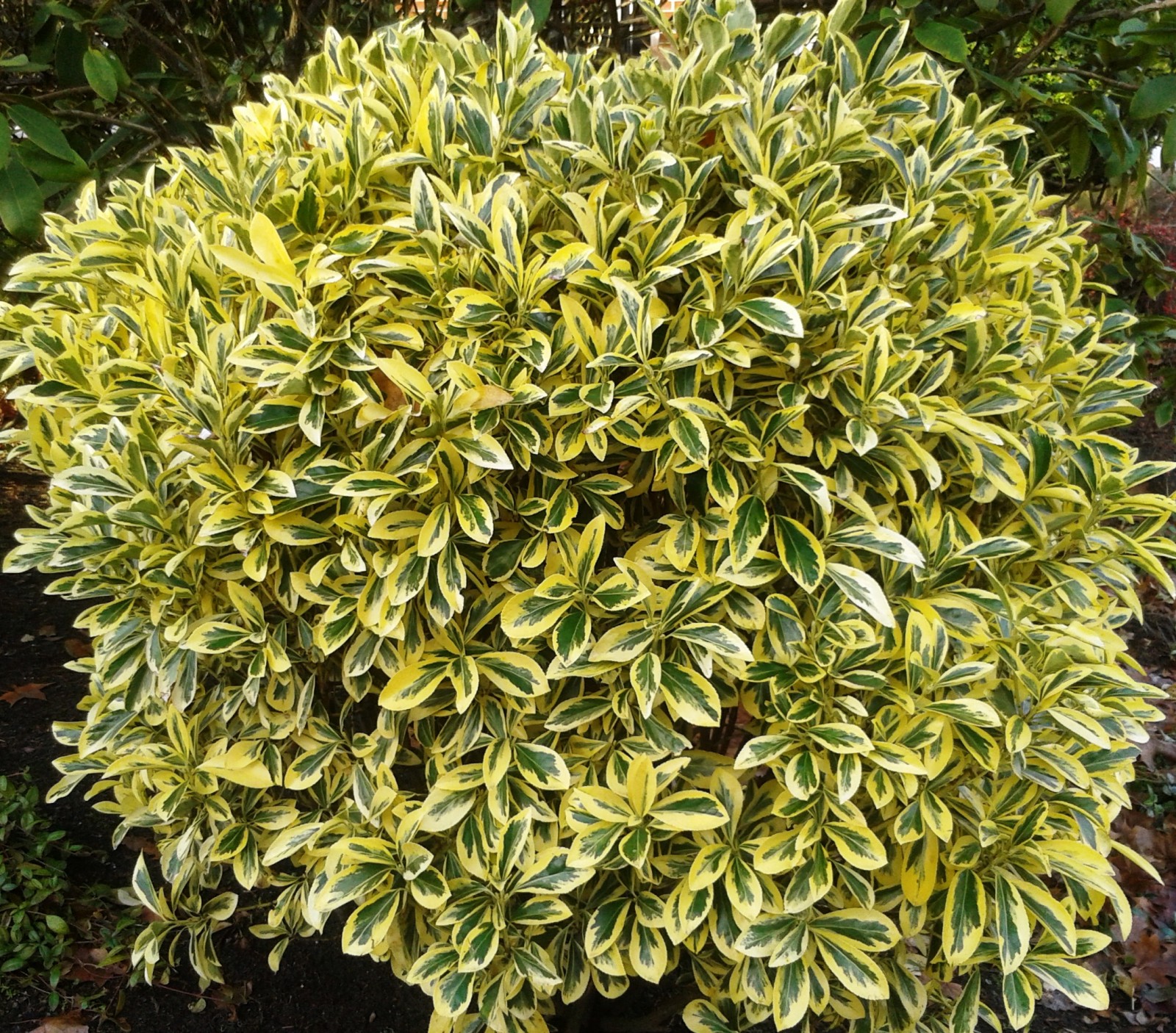
@sourceall
Congrats, you won the Silly Sausage award. Well done ! Good info and nice pics. I was very interested to read your stories about life in Bangladesh. I wish you success.
Thank you @ctrl-alt-nwo for reading my post.pray for me.
Such a wonderful and interesting flower post by @ctrl-alt-nwo sir....
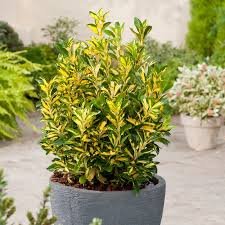.jpeg)
The genus “Euonymus” includes 175 different euonymus plants, from dwarf shrubs to tall trees and vines. They are known as “spindle trees,” but each species also has its own common name. If you are selecting Euonymus plant varieties for your landscape, read on. You’ll find descriptions of different Euonymus shrubs that you might want to invite into your garden.
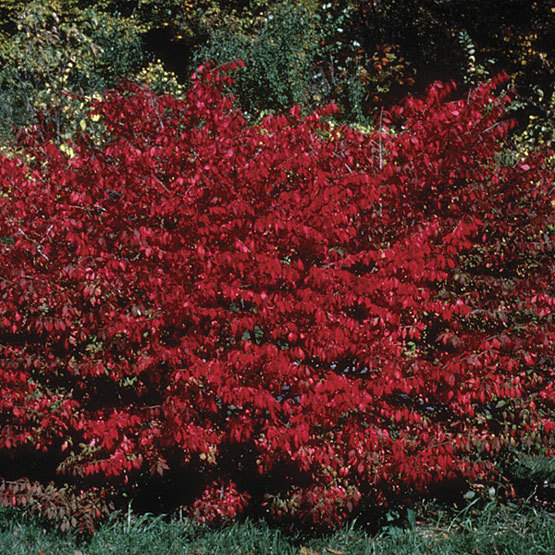
If you are looking for bushes, trees or climbers, euonymus has them all. Gardeners choose euonymus plant varieties for their attractive foliage and stunning autumn color. Some also offer unique fruits and seed pods. Many euonymus shrubs come from Asia. You’ll find that they are available in a wide range of colors and sizes, and include both evergreen and deciduous types of euonymus. That gives you a good selection of different euonymus plants to choose from when you are looking for border plants, hedges, screens, ground cover or specimen plants.
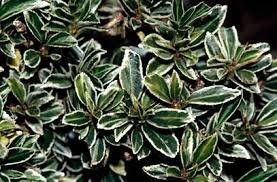.jpeg)
Smart work again sir...I'm always try maintain my home gardern....Mu best of hobby is garderning...
Thanks for sharing this flower post...
Upvoted and resteemed..
Good luck...
GOLDEN EUONYMUS (aureum euonymus)
Golden Euonymus is an xcellent choice for a colorful hedge, this evergreen shrub displays dense, bold green and gold variegated foliage on an upright growth habit. This tough shrub is adaptable to adverse conditions and tolerates poor, lean soils. Versatile and easy to care for, it requires minimal attention once established, but takes well to regular pruning.
Source
The Golden Euonymus gives a stunning effect when massed or planted in a row. It can be used as a specimen or foundation plant and creates s nice border or hedge (if clipped regularly). A single Golden Euonymus makes a big, bold statement and is best suited for larger gardens.
Source
Source
It is a very reliable focal point in larger evergreen landscapes. Golden Euonymus is an ideal hedge, as it can be sheared to maintain a height or left to grow into a natural form that is dense enough to make a good visual and sound barrier.
Source
PLANTING Golden Euonymus:
I suggest when planting your newly purchased Golden Euonymus plants that you dig a hole twice as wide as the root system but not deeper. Depending on the quality of your existing soil you may need to add a locally sourced compost or topsoil to the back-fill soil. I do not recommend using straight topsoil or compost as a back-fill soil because more times than not these products will retain entirely to much moisture and will cause the root system to rot. Adding compost or topsoil will help the young feeder roots of Golden Euonymus to spread through the loose, nutrient rich soil, much easier than if you used solely the existing soil which more times than not will be hard and compacted.
I wish you a good luck planting this beautiful plant Golden Euonymus!
(Text is from research of multiple sources)
I am trying to find something for you.This is a very good looking tree,it shows your great taste.

Introduction:Euonymus /juːˈɒnɪməs/ is a genus of flowering plants in the staff vine family, Celastraceae. Common names vary widely among different species and between different English-speaking countries, but include spindle (or spindle tree), burning-bush, strawberry-bush, wahoo, wintercreeper, or simply euonymus. It comprises about 130 species[2][3] of deciduous and evergreen shrubs, small trees and lianas. They are mostly native to East Asia, extending to the Himalayas,[4] and they are also distributed in Europe, Australasia, North America, and Madagascar. 50 species are endemic to China.
Description:The inconspicuous flowers occur in small groups, and can be green, yellow, pink or maroon in color depending on species.[4] The leaves are opposite (rarely alternate) and simple ovoid, typically 2–15 cm long, and usually with a finely serrated margin. The fruit is a pink or white four- or five-valved pod-like berry, which splits open to reveal the fleshy-coated orange or red seeds.
The seeds are eaten by frugivorous birds, which digest the fleshy seed coat and disperse the seeds in their droppings. Many species are used for medicinal use, and parts of the plants can be poisonous to humans.
Cultivation and uses:The wood of some species was traditionally used for the making of spindles for spinning wool;[6] this use is the origin of the British English name of the shrubs.
Euonymus are popular garden shrubs, grown for their foliage, the deciduous species often exhibiting very bright red autumnal colours, and also for the decorative berries.Fresh leaves are poisonous.@upvoted and resteemed.All the information collected from various internet source.
This is very cool looking tree which makes you home looks more beautiful.
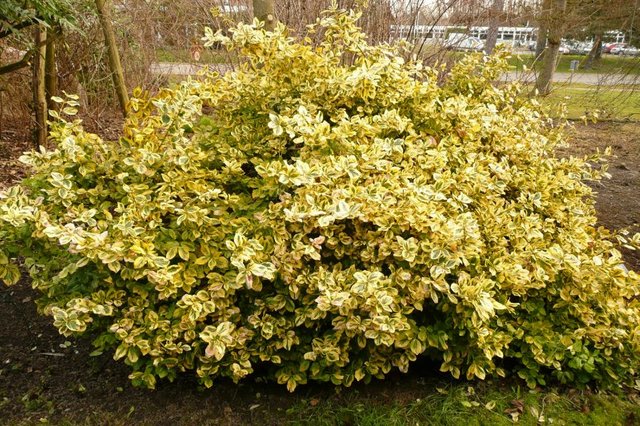
Introduction-The genus Euonymus is comprised of 175 species of shrubs, trees, and climbers grown for their attractive foliage, interesting fruit, and good autumn color. Most are native to Asia. Euonymus have a variety of uses in the garden, including as part of a shrub border or as specimens, hedges, or groundcovers.
Noteworthy Characteristics-Nice autumn color and ornamental fruit. All parts cause mild stomach discomfort if eaten.
Care-Tolerates most any well-drained soil in full sun or light shade. Evergreens need a sheltered site, while variegated plants show best in sun.
Propagation-As soon as seeds ripen, sow them in containers in a cold frame. Deciduous species can be started from greenwood cuttings in summer. Propagate evergreen species in summer from semi-ripe cuttings.
Problems-Witches' broom, stem dieback, powdery mildew, and fungal spots. Some pests and diseases can cause problems both in the garden and indoors, including mites, scale insects, leaf miners, aphids, and mealybugs.I nformation collected from wiki and other source.
The genus Euonymus is comprised of 175 species of shrubs, trees, and climbers grown for their attractive foliage, interesting fruit, and good autumn color. Most are native to Asia. Euonymus have a variety of uses in the garden, including as part of a shrub border or as specimens, hedges, or ground covers.
Nice autumn color and ornamental fruit. All parts cause mild stomach discomfort if eaten.Tolerates most any well-drained soil in full sun or light shade. Evergreens need a sheltered site, while variegated plants show best in sun.
As soon as seeds ripen, sow them in containers in a cold frame. Deciduous species can be started from greenwood cuttings in summer. Propagate evergreen species in summer from semi-ripe cuttings.
Witches' broom, stem dieback, powdery mildew, and fungal spots. Some pests and diseases can cause problems both in the garden and indoors, including mites, scale insects, leaf miners, aphids, and mealybugs.
The genus “Euonymus” includes 175 different euonymus plants, from dwarf shrubs to tall trees and vines. They are known as “spindle trees,” but each species also has its own common name.If you are looking for bushes, trees or climbers, euonymus has them all. Gardeners choose euonymus plant varieties for their attractive foliage and stunning autumn color. Some also offer unique fruits and seed pods. Many euonymus shrubs come from Asia. You’ll find that they are available in a wide range of colors and sizes, and include both evergreen and deciduous types of euonymus. That gives you a good selection of different euonymus plants to choose from when you are looking for border plants, hedges, screens, ground cover or specimen plants.
One poplar euonymus shrub for USDA hardiness zones 4 through 8 is called ‘burning bush’ (Euonymus alatus ‘Fire Ball’). It grows to about 3 feet (.9 m.) high and wide, but accepts trimming, shaping and shearing. In the autumn, the long green leaves turn brilliant red. Another versatile member of the euonymus shrub family is called ‘green boxwood.’ Its dark green leaves are glossy and stay on the plant all year long. Easy maintenance, green boxwood accepts trimming and shaping.
For different euonymus plants that are good for ground cover, consider winter-creeper euonymus (Euonymus fortunei). It might be the right shrub for you for you. Evergreen and only 6 inches (15 cm.) high, it can climb to 70 feet (21 m.) with the appropriate structure. It offers dark green leaves and greenish white flowers.
Source :
https://www.gardeningknowhow.com/ornamental/shrubs/euonymus/euonymus-plant-varieties.htm